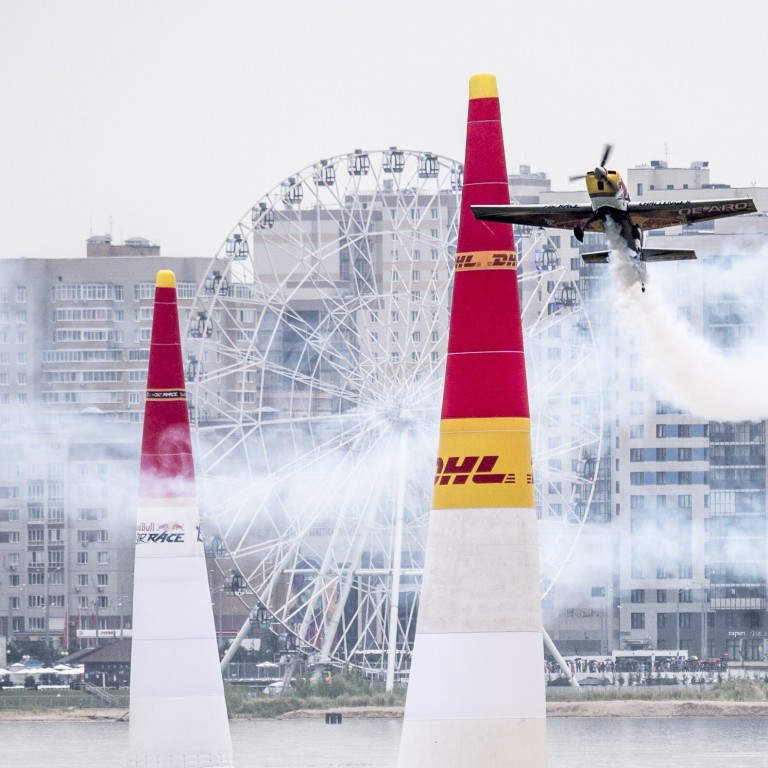
Air Race: motorsport is ‘taking to the skies’ and organisers hope fans will jump aboard for the ride
- Race Series Director Willie Cruickshank says fans will soon relate to air racing the way they do Formula One
- World Championship Air Race series working with designers on electrically powered vehicles that take off and land vertically
Last week, Guangzhou-based urban air mobility firm EHang was given permission to conduct test flights in Beijing to prove their small aircraft could fly safely in cold weather.
The flight of EH216 was significant not only for the future of airborne city commuting but also for how it could change the psyche of sports fans in redefining the concept of motor racing.
Willie Cruickshank, race director for the new World Championship Air Race (WCAR) series expected to launch in 2022, said a future world in which urban air travel is commonplace will increase demand for motor racing in the skies.
“Motorsport is going up,” said Cruickshank. “It will not be staying stuck to the ground forever. We are seeing motorsport take to the skies.”
It was revealed last week that WCAR had received approval from world governing body FAI to launch its circuit in the first quarter of 2022. While the new series is a legacy of the old Red Bull Air Race that ended in 2018 and will use much of its software, equipment and manpower, it is also determined to shed some of the archaic notions attached to the previous series.
The WCAR is moving away from an elite fan base, it is embracing innovation in green and electric technology and it is catering to a new generation of fans who are at the dawn of small-aircraft ubiquity.
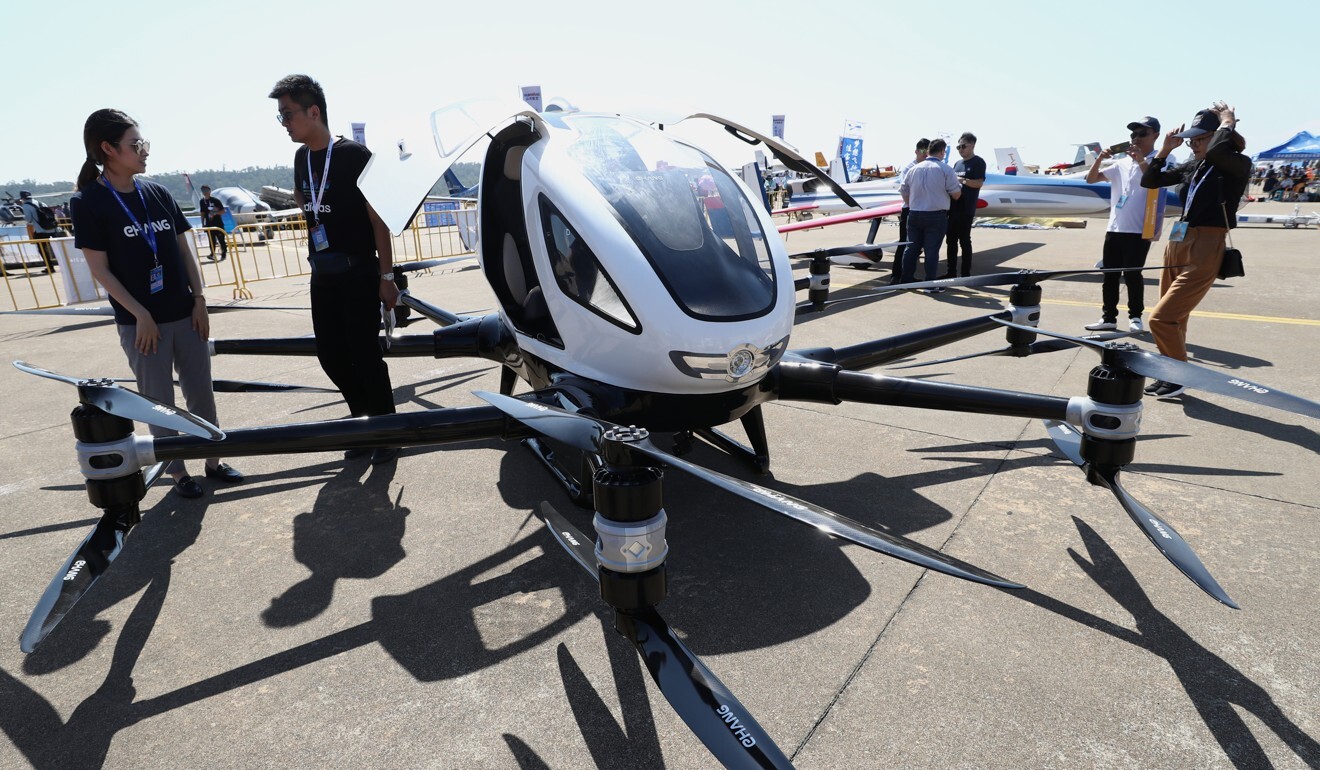
Just like anyone who drives a car can relate to Formula One, WCAR organisers hope the increase in the kind of autonomous aerial vehicles built by EHang would allow people to have an affinity for air racing.
“One of the things that is key is it’s not just bringing back air racing to what was the previous existing market. The whole future of small aircraft is changing,” he said.
“We’re going to reach a point where these are going to become ubiquitous vehicles. Small aircraft, electric vertical take-off and landing machines are going to be everywhere. So people will be able to relate to air racing the way they currently relate to motor racing.
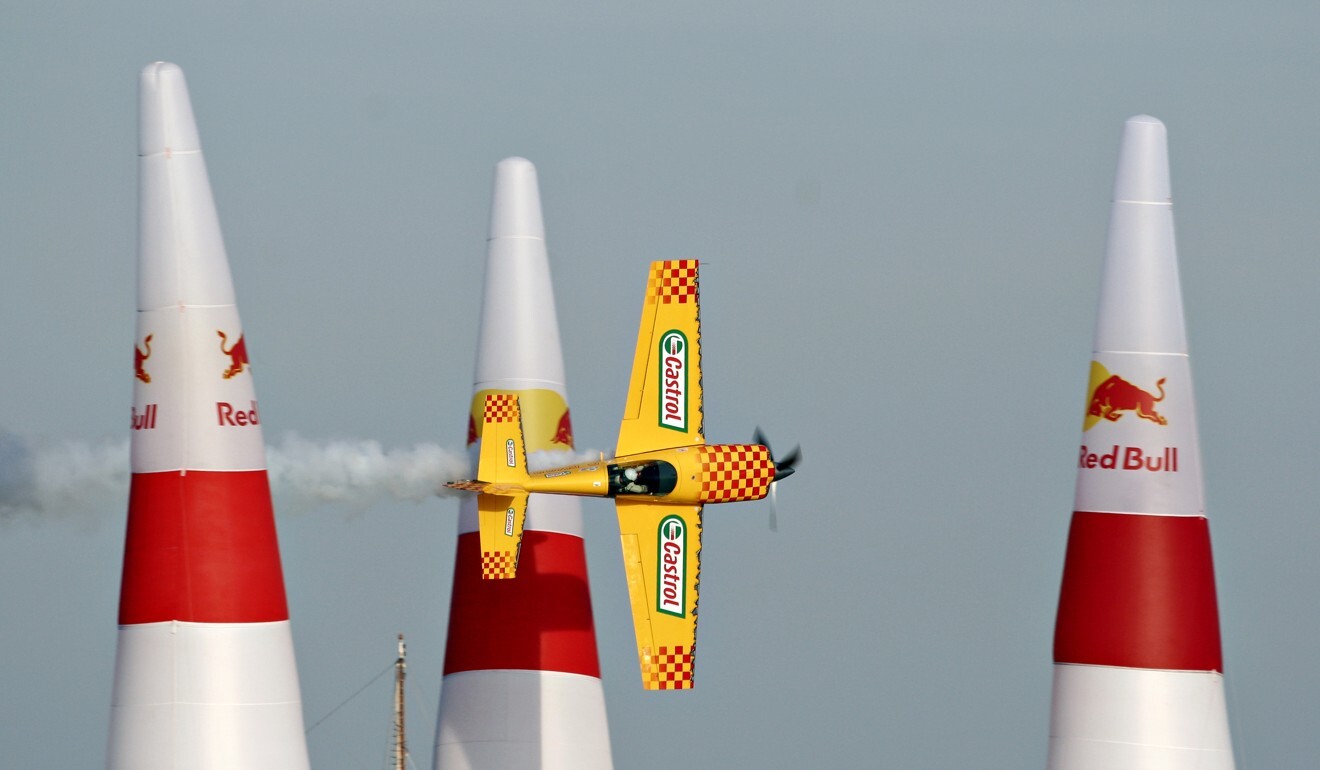
“Everybody can say, ‘Well I can drive a car so I know what it’s like to drive an F1 car’. When actually the two are completely different.
“We’ll get to a point where people will look at a race aircraft and go ‘I was in something similar to that when I went to the airport last week by Uber taxi, or EHang’. I think that will bring it forward and with all that happening, we’ll really start to see a rise in air sport in general.”
Technology will play a major part in the WCAR’s business model. They are in partnership with companies that can give them futuristic, energy-efficient yet powerful aeroplanes that challenge the pilots, fulfil safety requirements while entertaining the crowds.
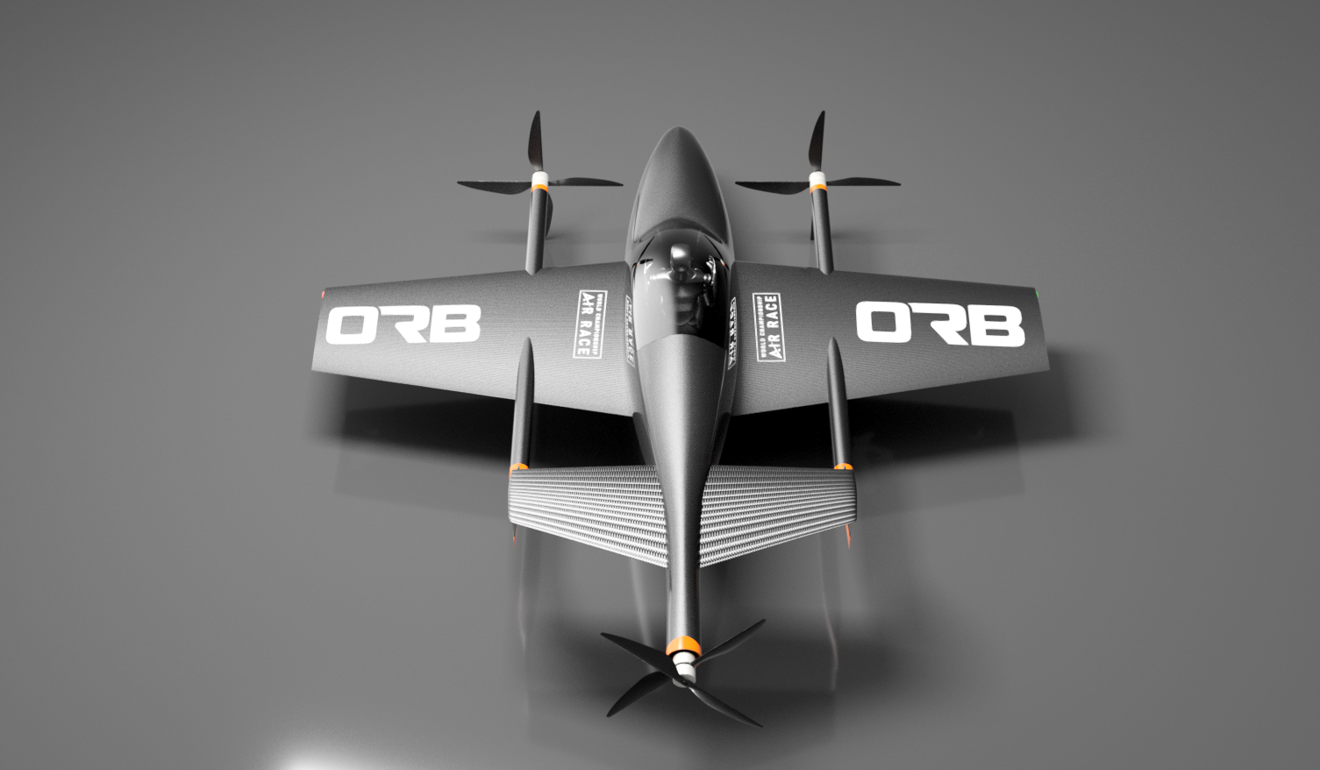
United States-based Orb Aerospace is a design partner for WCAR and have come up with ideas for electrically powered aeroplanes capable of vertical take-offs and landing, such as the SIX eVTOL – eliminating the need for a runway.
“We’re not starting from scratch while at the same time, we’re not opening the box of Red Bull Air Race and bringing everything out and doing it the same,” said Cruickshank. “We are taking a very different approach. We will adopt and embrace innovation to use electrically powered aeroplanes as soon as they are mature enough to use them.
“And moving on to electrical and vertical take off and landing. We see this demand of urban air mobility is going to require a new workforce of aviation professionals to develop, maintain and create that kind of technology so we want to use the air race as a platform to educate and inspire.

“And to show that by the end of this decade, aviation will no longer be the niche it currently is. It will be far more commonplace and people will see small air vehicles whether it’s delivering an Amazon box or picking them up in an Uber taxi or EHang. They will be everywhere.”
Air races are conducted on “tracks”, which are mostly on water but can also take place over land. Pilots must fly through 14 inflatable cone structures known as pylon gates and often experience g-forces of up to 12Gs – 12 times their standing weight.
“It’s a huge physical demand to fly these aeroplanes at that speed and at that height when you’ve got that kind of G-force,” said Cruickshank. “And we want to make it a spectacle for the public. We are the only three-dimensional motorsport. We can actually go up instead of just flat so we make sure we use that as much as possible.
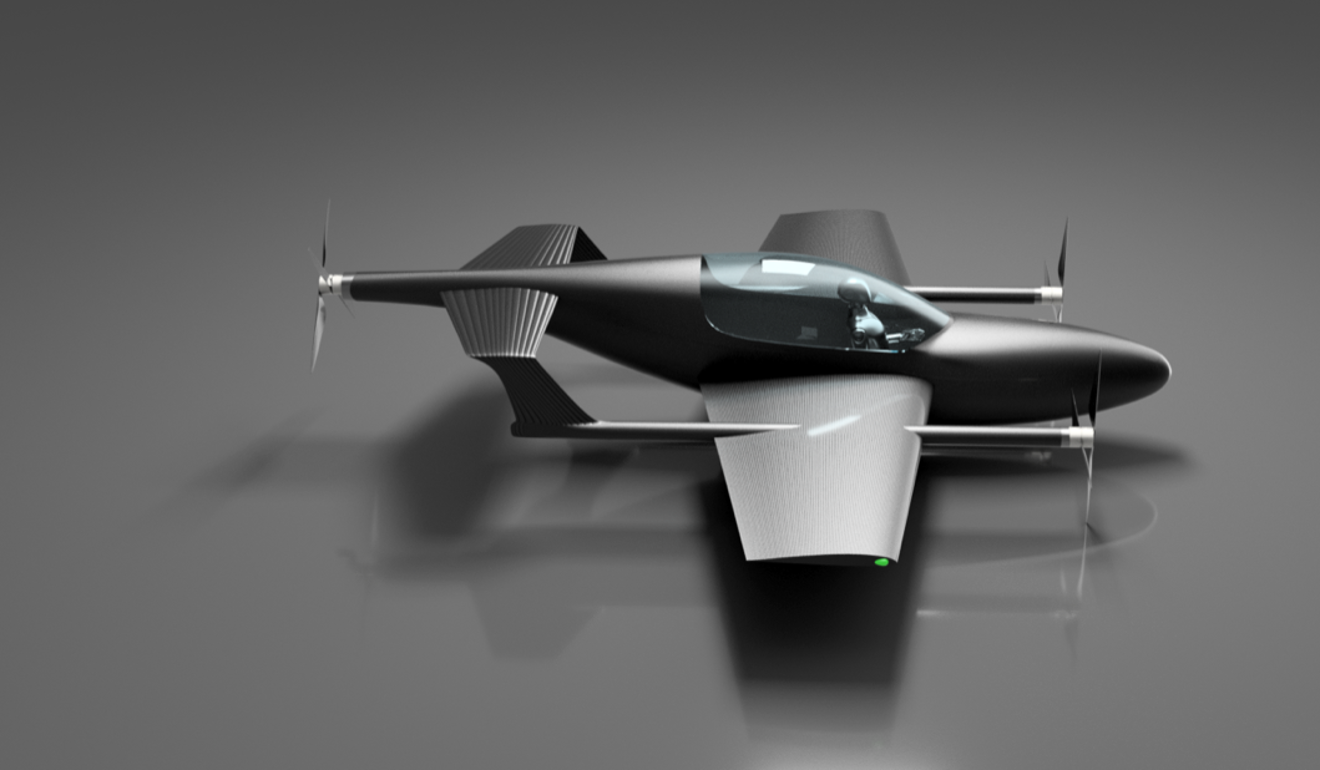
“We use all of the inherent dynamics of aviation and flight to excite and entertain our audience. We [also] have our technology development going on, so we are working with partners on an electric aeroplane for us to use. There’s no point having race aeroplanes racing at 250mph and high-performance dynamics and then go back 20 years in terms of performance to find something that is electric that can replace it.
“We need electric technology to come and say, ‘Look, we can give you a 250mph aeroplane, 12Gs, 500 degrees per second roll rate and we say ‘great’.
“So we are working with partners in the UK on that and we are also working with partners in the United States and elsewhere to develop our electric take off and landing. It will probably be the middle of the decade before we see this.”
WCAR has yet to announce the host cities for the 2022 season, though Cruickshank has said Hong Kong – with its iconic harbour and skyline – would be an ideal location to stage an air race.
However, it requires multiple-level talks with government departments to ensure such a major undertaking can be delivered within domestic logistic and safety regulations.
“What differentiates us from other motor sports and is whether the aviation regulator allows our technology to take part in a race on a track in the middle of a city somewhere,” he said.
“And that’s the big difference. If you think about Formula One, all those cars arrive on a trailer, and the racetrack is in a secluded space you would call private land or private road.
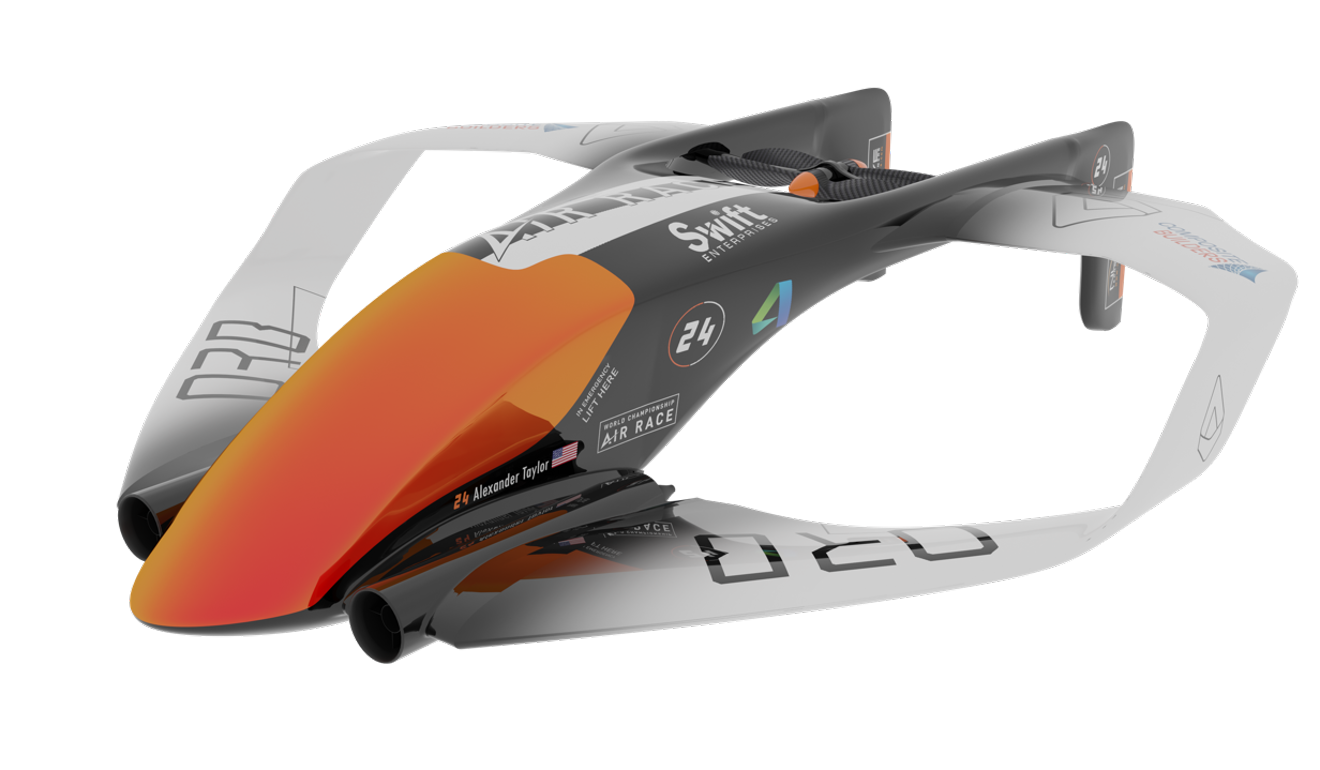
“There is no such thing as private air space. All the air space above us is public so the only way you can race on it is by going to the local aviation authorities and saying, ‘We’d like dispensations to do this’.
“Then they will have to make a very balanced risk assessment based on our information on whether they will grant that approval or not.”

